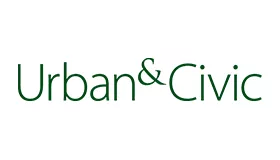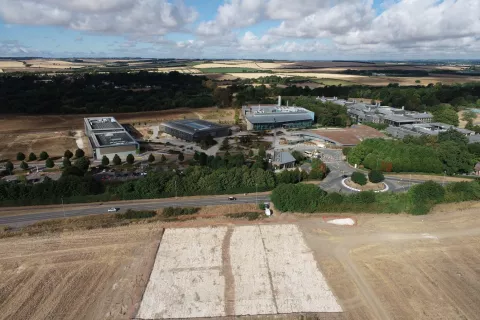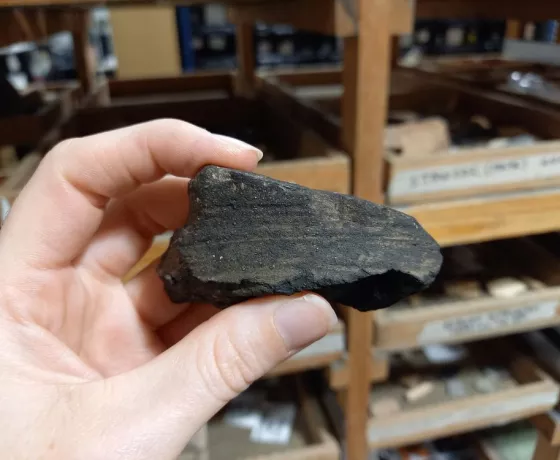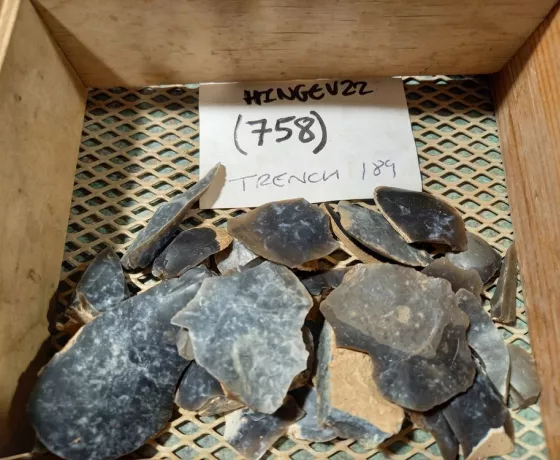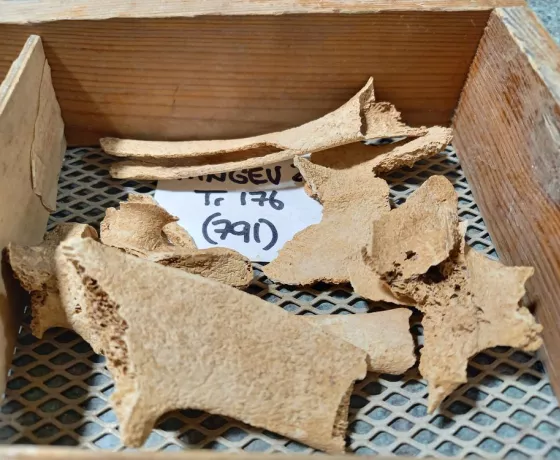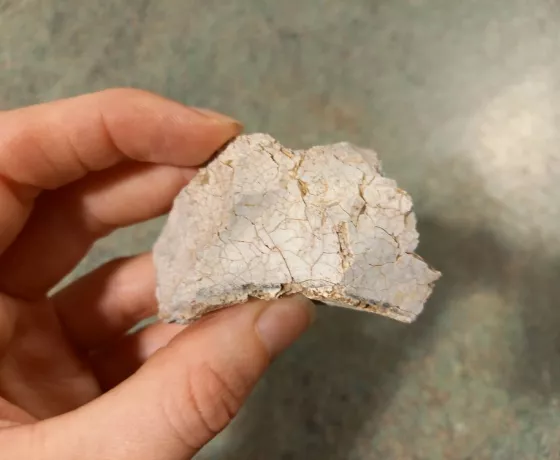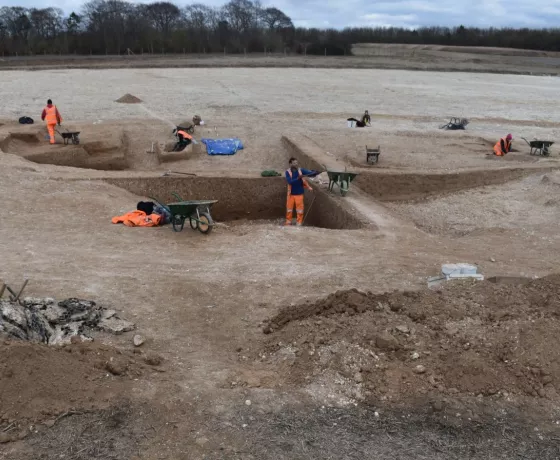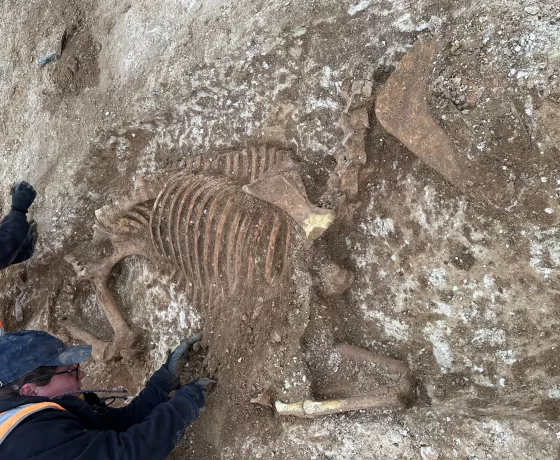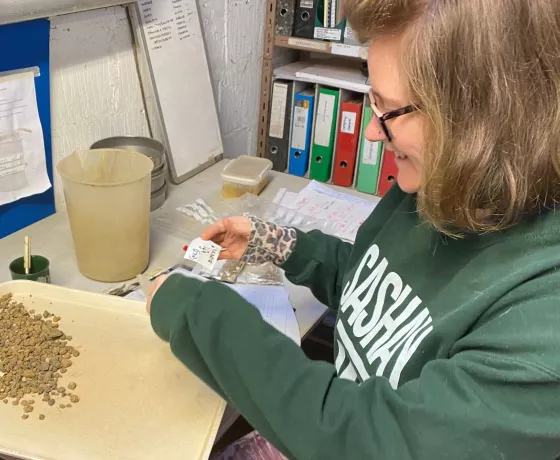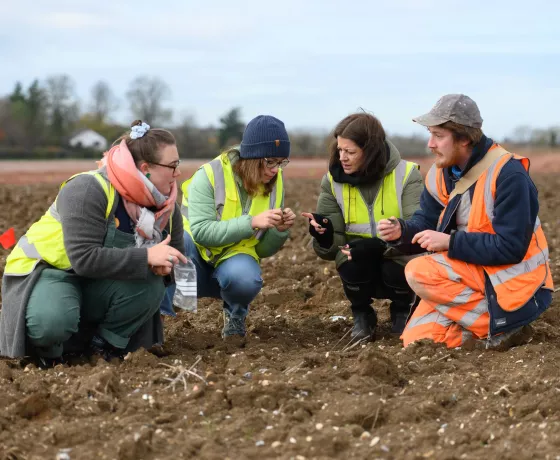The Wellcome Genome Campus in Hinxton has been the subject of nearly 30 years of archaeological investigation.
In 2022-23, archaeologists from Oxford Archaeology's Cambridge office returned ahead of the proposed expansion of the research campus. With evidence for human activity spanning late prehistory to the Roman occupation of Britain, our work will help expand our growing understanding of how people have lived in and travelled through this landscape over thousands of years.
Check out what we've been up to, meet the project team and explore some of the interesting finds being uncovered by clicking on the links below. These pages will be regularly updated as our excavation progresses in the coming months.
Our finds...
Meet our staff
Andy graduated from the University of York in 2007 with a BA in Archaeology. He joined Oxford Archaeology in 2012, and currently serves as a Senior Project Manager. He is a Member of the Chartered Institute for Archaeologists (MCIfA).
In his current role, Andy oversees excavations on site, and also coordinates post-excavation work and reporting. As a Project Officer he directed a wide range of fieldwork projects including significant excavations of a large high status Iron Age settlement at Cressing, Braintree and part of a Roman roadside settlement in Bishop’s Stortford along with medieval and post-medieval excavations in Huntingdon, Norwich and Cambridge.
As a Project Officer, Tim runs larger evaluations and excavations from project setup, through fieldwork and into post-excavation write-up. In his role as PO he will direct the excavation on site on a day to day basis.
Clemency develops and supports all educational and community work across Oxford Archaeology involving volunteers, educational institutions and the general public. She is a member of the company-wide Communications Team and promotes wellbeing at work initiatives as a Mental Health First Aider. She has worked in archaeological outreach since 2010 and has a MSc in Landscape Archaeology from the University of Oxford.
Browse the Blog
Project client
